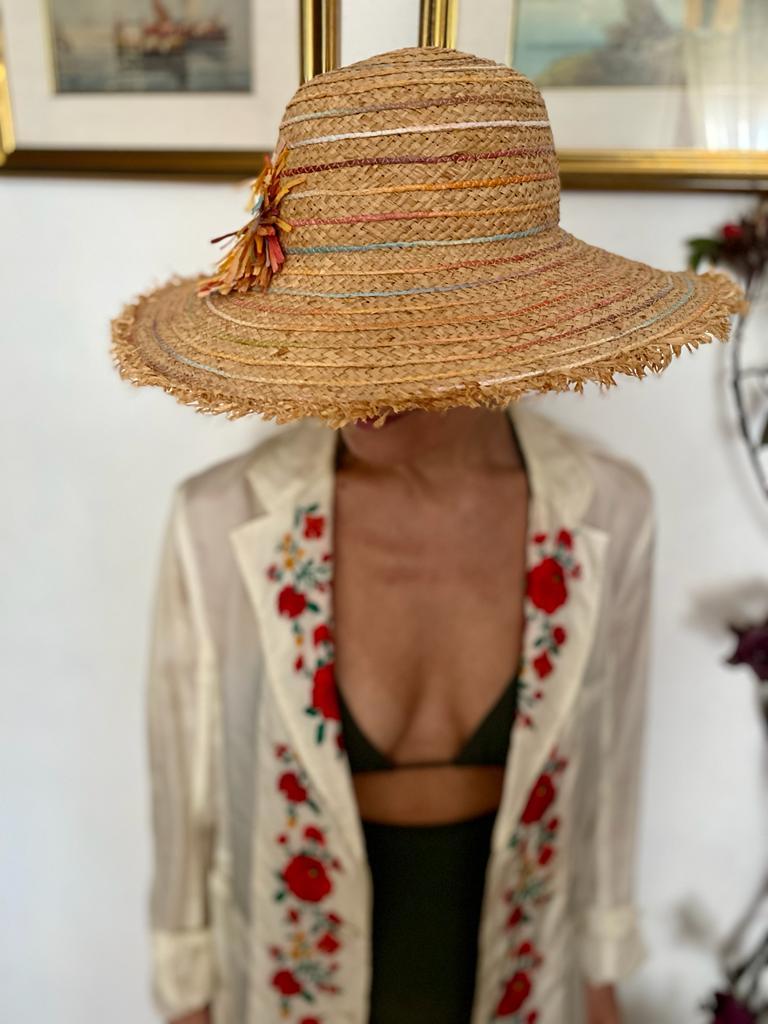Why Fashion Fails to Embrace Body Shape Balance
Analysing the Link Between Fashion, Body Image and Inclusivity
While advertising featuring young women with ultra-curvy silhouettes is mushrooming, revealing a seeming shift towards inclusivity, it prompts us to question why fashion fails to embrace body shape balance.
Delving into the historical narrative of the fashion industry since the 70s, ultra-slim female body shapes have been deeply entrenched. But lately, the discussion on inclusion and diversity prompted the fashion industry to widen the representation of different body shapes. Despite recent conversations surrounding inclusion and diversity, exemplified by plus-sized models, this transition remains fraught with contradictions.
Fashion and body shape: inclusivity or marketing?
For a while, plus-size women seemed to be everywhere. Despite the disappearance of plus-size models from fashion shows, many TV advertisements now prioritise promoting what they perceive as an inclusive body image.
Therefore, the question arises: are these representations truly promoting a healthy body image?
In the past, skinny silhouettes have been criticised for fostering unrealistic ideals, often leading to harmful behaviours like anorexia. But the opposite extreme is no less concerning. By featuring heavily overweight body shapes, especially to impressionable young girls, both the fashion and beauty industries may inadvertently convey the message that it’s acceptable to be significantly overweight. From a health perspective, this is far from the truth.
For the fashion industry, as well as the beauty industry, it boils down to following trends. So, they shift from one trend to another, expressing themselves through misleading marketing messages. In fact, their sole purpose is selling more clothes, shoes or beauty products, uncaring of the damage they can bring to women.
Body positivity and well-being
In conclusion, the fashion industry swings between extremes, from thin silhouettes to plus-size models, but still fails to embrace body shape balance. Indeed, it overlooks the importance of promoting a healthy body image, which is essential for overall well-being.
Furthermore, it is unsettling to observe that women are always the primary focus of marketing. And it’s concerning that we often don’t know how to respond. In the name of (fake) freedom, we become victims of the latest gimmick.
Of course, being unique involves accepting our imperfections; let’s embrace body positivity. But this acceptance should not come at the expense of our health. Balance is the key.
Why Fashion Fails to Embrace Body Shape Balance Read More »
